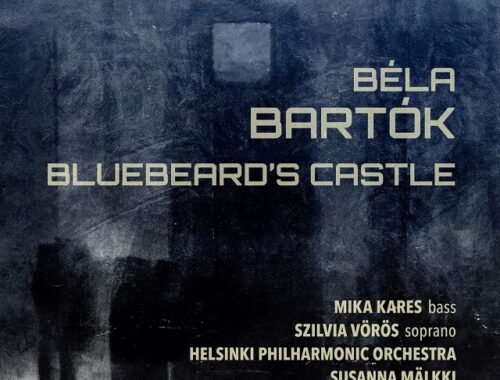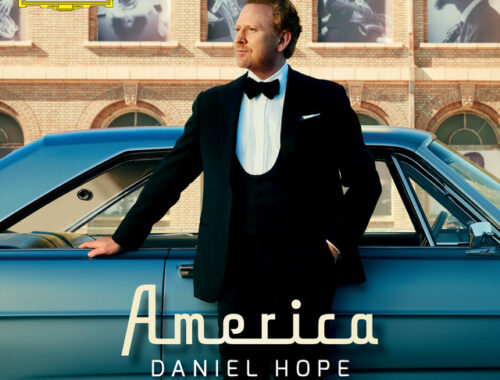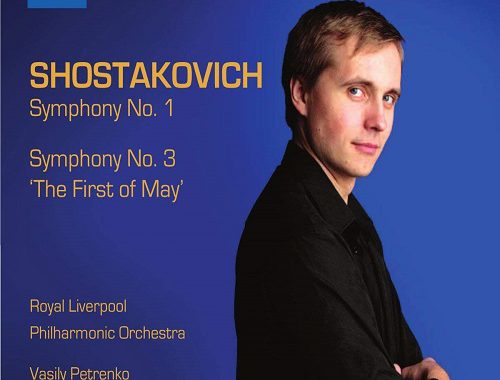London Philharmonic Orchestra, Tetzlaff, Vänskä, Royal Festival Hall (Review)
Some symphonies are natural curtain-raisers: Sibelius’ Third is one. Music began with rhythm and in this piece the cellos are the distant drummers who bring us back to basics with their curt opening measures. Osmo Vänskä clipped the rhythms are kept them on a tight rein – because he knows how this piece goes, how Sibelius’ search for new found economy and textural leanness lends the music an uneasy tension.
There’s an extraordinary passage of complete stasis at the point at which one might expect the development of the first movement to start. Vänskä took the dynamics down to absolutely nothing, drawing our ears and our puzzlement as to where we might go next. Not even Sibelius knew at this point in the writing – that much is clear. But what we do feel a part of is his quest for a new direction.
Perhaps the most extraordinary moments in this pint-sized epic are those where every fibre of its being seeks to explode the form. Vänskä took an extraordinarily relaxed view of the spare and restrained second movement, accentuating its strangeness, its almost perverse simplicity. And in the early part of the third and final movement the sense of flux, of fragmentary elements struggling to find form was especially telling. This is exceptionally difficult music to bring off the page and the London Philharmonic Orchestra were constantly having to pull back on their natural inclinations to achieve this sense of the elusive and half-formed. The relief when that unlikely processional emerges from the confusion to stride forward in pagan horns on a driving string ostinato was palpable.
Everything that Sibelius was striving to achieve in terms of a purer form and leaner delivery arrives fully formed and freshly minted in Mozart’s Violin Concerto No 3 in G. The effect on the ears was liberating in the sense that its purpose and direction and ease of utterance was so clear. Christian Tetzlaff struck just the right balance of elegance and robustness – and no hint of preciousness. The perfect example was the slow movement where the courtly decorum of a well-turned minuet was pitted against the romantic aspiration of the voicing. The cadenza was an ethereal departure, the fleeting return of the theme quite ravishing.
Then for the real curved ball of the evening. Sibelius’ great Scandinavian contemporary Carl Nielsen’s Sixth and final Symphony (“Sinfonia semplice”) is an entertaining as it is obtuse. The Sibelius sounds wholly logical by comparison. Like Shostakovich’s last symphony, the Fifteenth, Nielsen would seem to regress to childhood in the face of mortality. Both pieces begin with the chiming of the glockenspiel, both present facile ideas in old forms (like that trusty standby, the fugue) which they then systematically sabotage. Both have mystified commentators. Why? Devil-may-care irony is the key, the last laugh, if you like. Nielsen’s second movement “Humoreske” sends in the clowns – the percussion section (excellent) and piccolo – and the only attempt at a tune is met by disparaging raspberries from the muted first trombone.
The end-of-days dirge that is the slow movement was suitably intense here in the LPO strings but the bleak, twilit, landscape is not traversed for long and a return to the great carnival tradition in Denmark makes a masked ball of the finale’s theme and variations, each twist on the theme more incongruous and audacious, more of a disguise, than the last. Vänskä enjoyed its willful partying. And no accident, of course, that the bassoon who announces the theme also has the last, well, hardly word – more a sustained fart in the face of death.
You May Also Like

GRAMOPHONE Review: Bartók Duke Bluebeard’s Castle – Helsinki Philharmonic Orchestra/Mälkki
18/06/2021
GRAMOPHONE Review: AMERICA Bernstein/Gershwin/Ellington etc – Daniel Hope/Zürich Chamber Orchestra
25/04/2022
One Comment
Jonathan Z
I was standing near you at the interval of this concert when I overheard you saying you would be writing about it on your blog. I didn’t know you had one! So glad I’ve found it. As usual agreed with every word you say – don’t know why it’s taken me this long to discover Vanska – marvellous – and even the Mozart which the Times man thought was devoid of individual feeling was, to my ears wonderfully springy, dance-like and yet lyrical in the right places.
Now I am obsessed with working out what the Trpceski Beethoven encore could have been a few days previously – could you describe it?